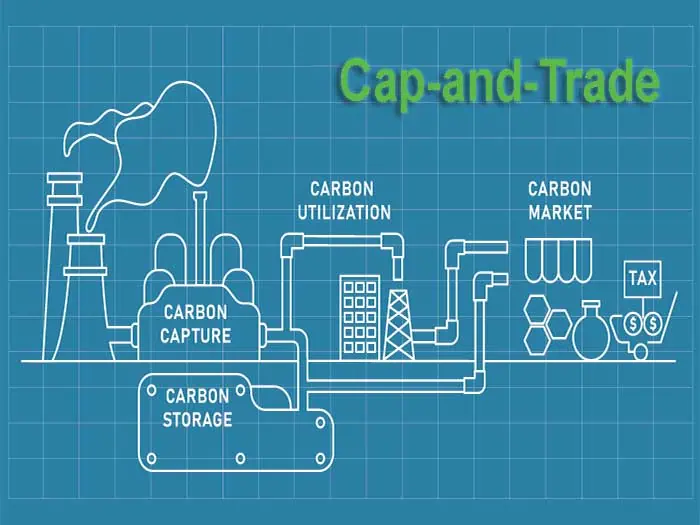


In our first Carbon Credit Series, we learned that there are two types of carbon markets: regulatory and voluntary. We covered the basics of the voluntary carbon market and shared a list of protocols that carbon offset project registries use for verification of Greenhouse Gas (GHG) emission reductions. We also covered the Organic Waste Composting Project protocol developed by the Climate Action Reserve (CAR) for voluntary carbon offset credits.
On our website you’ll find videos, presentations, blogs, and articles about carbon capture, storage, utilization, and the carbon market by our national experts and environmental professionals. Today, we direct you to a new paper by Erik Martig and Victoria Evans entitled The Cap and Trade Market.
The authors step you through the navigating the California cap and trade regulatory market for potential opportunities and pathways to credits. We hope you find the paper and additional resources valuable. As always, our writers and staff professionals are available to answer your questions or provide information specific to your industry, state, and goals.
About the Authors:


Additional Carbon Credit and Market Resources: